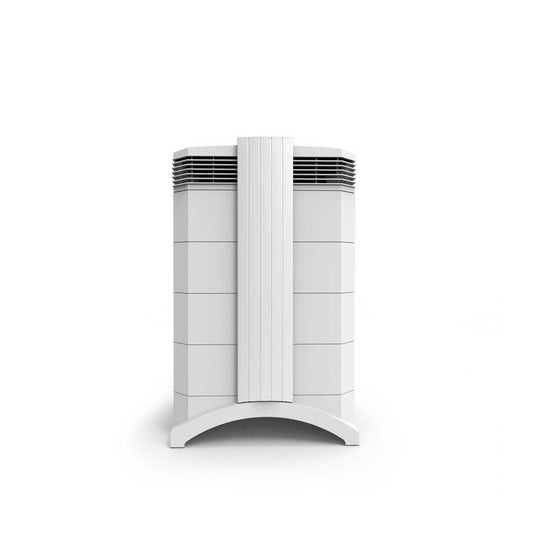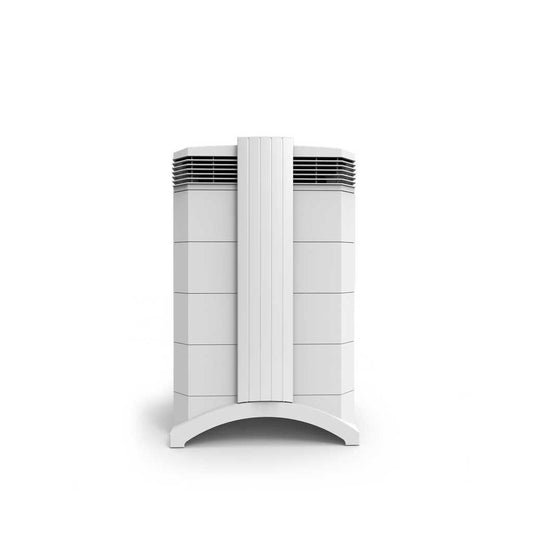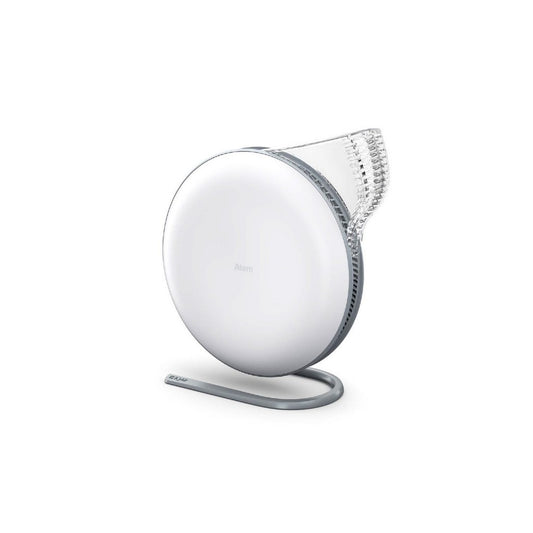
Asthma Air Purifier
Whether you have mild or severe asthma, an asthma air purifier will help to reduce your exposure to asthma triggers in the form of airborne pollution and thus will help you to control your asthma symptoms.
A good asthma air purifier will reduce levels of common household allergens such as dust mite, dust, pollen, pet dander and mould, as well as odours, gases, chemicals and general traffic pollution. This article will discuss the relevant information you need to know when purchasing an asthma air purifier.
Frequently Asked Questions
Asthma Triggers
Performance
Suitable Technology
Other considerations
Which air purifier is best for asthma?
Can air purifiers make asthma worse?
Do air purifiers help with asthma?
Recommendation
Related Products
-
IQAir HealthPro 250 Air Purifier
Regular price £999.00Regular priceUnit price per -
IQAir HealthPro 150 Air Purifier
Regular price £899.00Regular priceUnit price per -
IQAir HealthPro 100 Air Purifier
Regular price £869.00Regular priceUnit price per -
IQAir Atem Desk
Regular price £389.99Regular priceUnit price per





